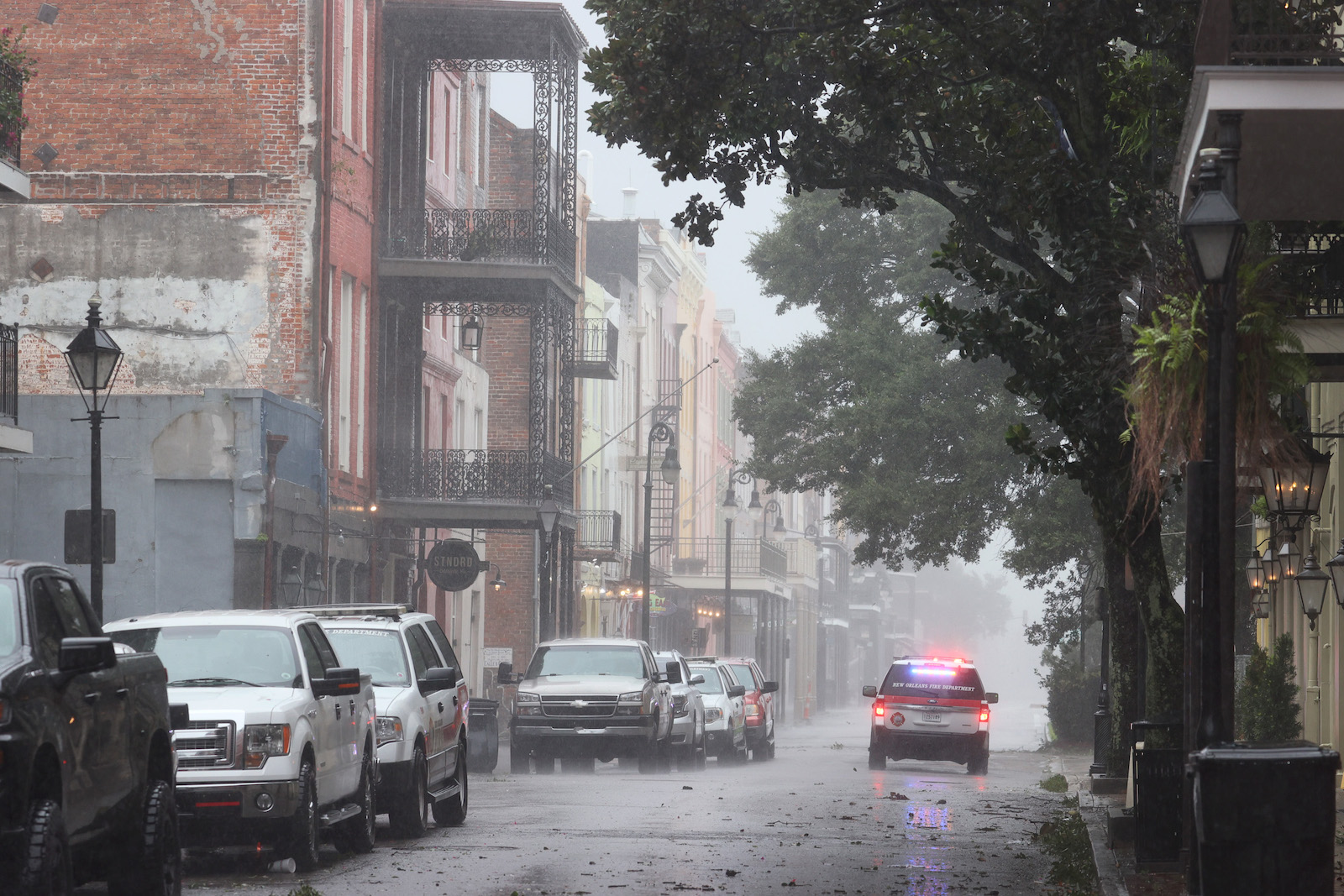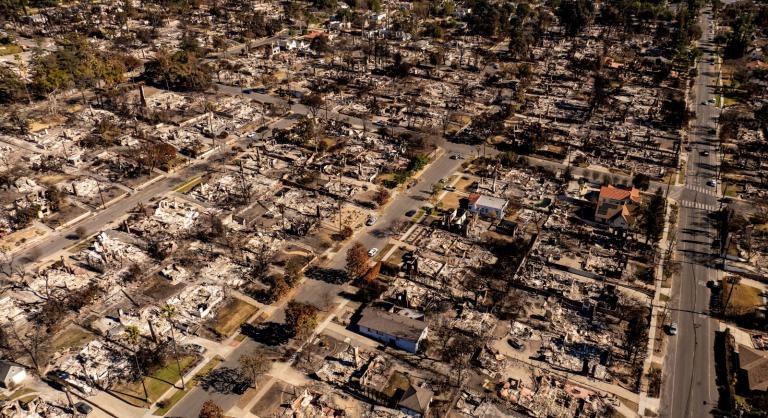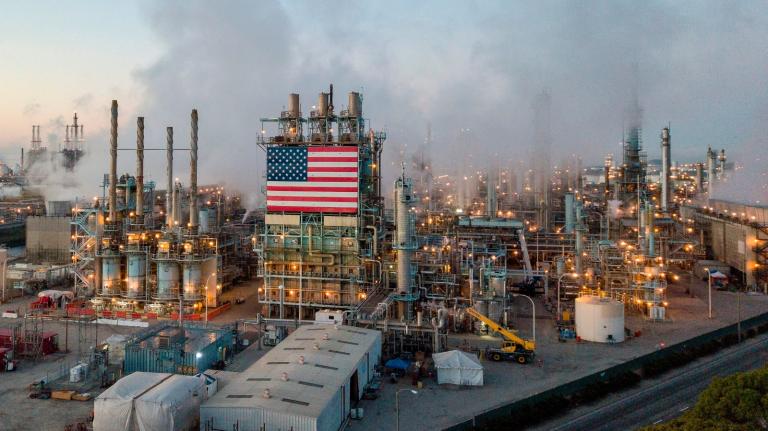“We have authority by martial law to shoot looters,” Captain James Scott of the New Orleans Police department, or NOPD, told more than two dozen officers just days after Hurricane Katrina ripped through Southeastern Louisiana in 2005. In the ensuing weeks, New Orleans police officers shot at least 11 residents, killing five.
According to an investigation by ProPublica in 2010, officers were not only given orders to “shoot looters,” but also to “do what you have to do” to “take back the city.” To many residents, taking back the city appeared to have little to do with escorting stranded New Orleanians to safety. For days after the orders, many New Orleans residents remained trapped in their homes and on their roofs during continued flooding. While residents waited for aid, dozens of NOPD officers reportedly protected buildings, standing guard over private property with rifles rather than helping those stranded.
The backlash was widespread. The department, which The Atlantic dubbed “a national symbol of corruption and dysfunction,” was placed under a federal consent decree by the Department of Justice for a years-long pattern of misconduct that was brought to light after Katrina. After the slew of NOPD shootings following Katrina, the city paid more than $13 million in police misconduct settlements. However, sixteen years and many hurricanes later, some residents fear the city hasn’t learned from its mistakes.
On Sunday morning, during the first joint press conference held by New Orleans Mayor LaToya Cantrell and NOPD Superintendent Shaun D. Ferguson in the wake of Hurricane Ida, the leaders emphasized the elevation of a newly-formed “anti-looting” task force without mentioning how police would offer supportive services as streets flooded and the entire city lost power. “Without power, that creates opportunities for some, and we will not tolerate that,” Ferguson said on Sunday, standing beside Mayor Cantrell. “We will implement our anti-looting deployment to ensure the safety of our citizens — ensure the safety of our citizens’ property.”
Following the announcement of the city’s anti-looting task force, Cantrell and Ferguson reiterated the city’s controversial shelter-in-place directions and called on residents to sign up for the city’s emergency alert text system until it was safe for other support services to be deployed.
“I’m really pissed off that the most visible recovery ‘effort’ I have seen is a bunch of army boots with machine guns sitting in front of stores,” New Orleans resident Allo Mumphrey wrote to Grist on Twitter. “They couldn’t bring us food and water yet, but they have guns.”
Within hours of the press conference, NOPD had made dozens of arrests for stealing, as thousands of families, people with disabilities, and elderly people remained trapped in their homes. While the city of New Orleans has been portrayed as one of the bigger cities in America to “defund” its police department, the city’s disaster response highlights its actual spending priorities. According to the city’s 2021 adopted budget, more money ($1.1 million) has been allocated for litigating police misconduct cases than for the entire Office of Resilience & Sustainability ($160,000). Similarly, the police department’s budget of $177.8 million is more than nine times the amount of money allocated to hazard mitigation services through the city’s Office of Homeland Security and Emergency Preparedness — and 84 times the amount of money set aside for the city’s Housing and Environmental Improvement program.
With the increasing severity of climate change-inflected natural disasters like Ida, cities across the country are being presented an opportunity to reconsider their approaches to public safety. While it appears that New Orleans has not yet shifted its paradigm, one thing is clear: Whether public safety priorities change or not, the storms will keep coming.



